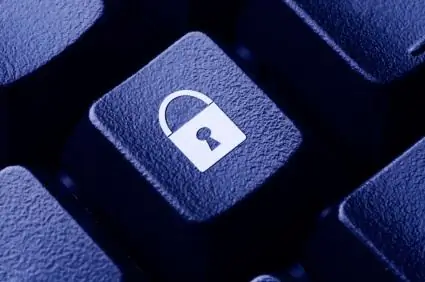Restricting access to your computer can help solve several problems at once. For example, protection of confidential information, limiting child access to a computer, protection from overly curious colleagues.

Instructions
Step 1
Put a password to boot the computer in the BIOS. To do this, on most computers, you must hold down the "Delete" key when turning it on. The BIOS shell will boot. Go to the Advanced Bios Features menu and change the Psssword check parameter from Bios to System. Exit to the main menu with the "Esc" key. In the “Set user password” item, set the password twice that the computer will require when the system boots. Select "Save and exit setup". The computer will reboot and the next time it boots, it will ask you to enter the password you specified.
Step 2
Disable unused accounts. Right click on the My Computer icon. In the drop-down menu, select "Control". Expand the Local Users and Groups directory. Open the Users folder. Disable all accounts except the Administrator account and the one you are using. Set passwords for the remaining accounts.
Step 3
In order to protect the computer, which remained on for a short time in your absence, use the password protection on the desktop screen saver. Right-click anywhere on the desktop (not occupied by shortcuts) and select Properties. On the "Screensaver" tab, reduce the interval for its appearance to three to five minutes and select the "Password protect" checkbox. Now, if the computer has been idle for longer than the time you specified, a splash screen will appear, you can exit from which only by typing a password.






